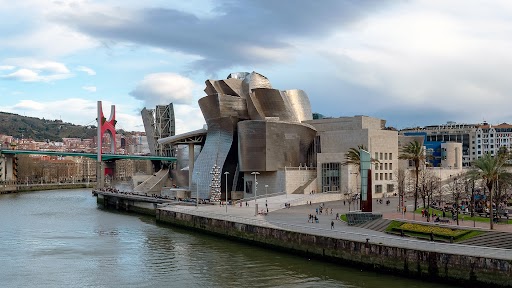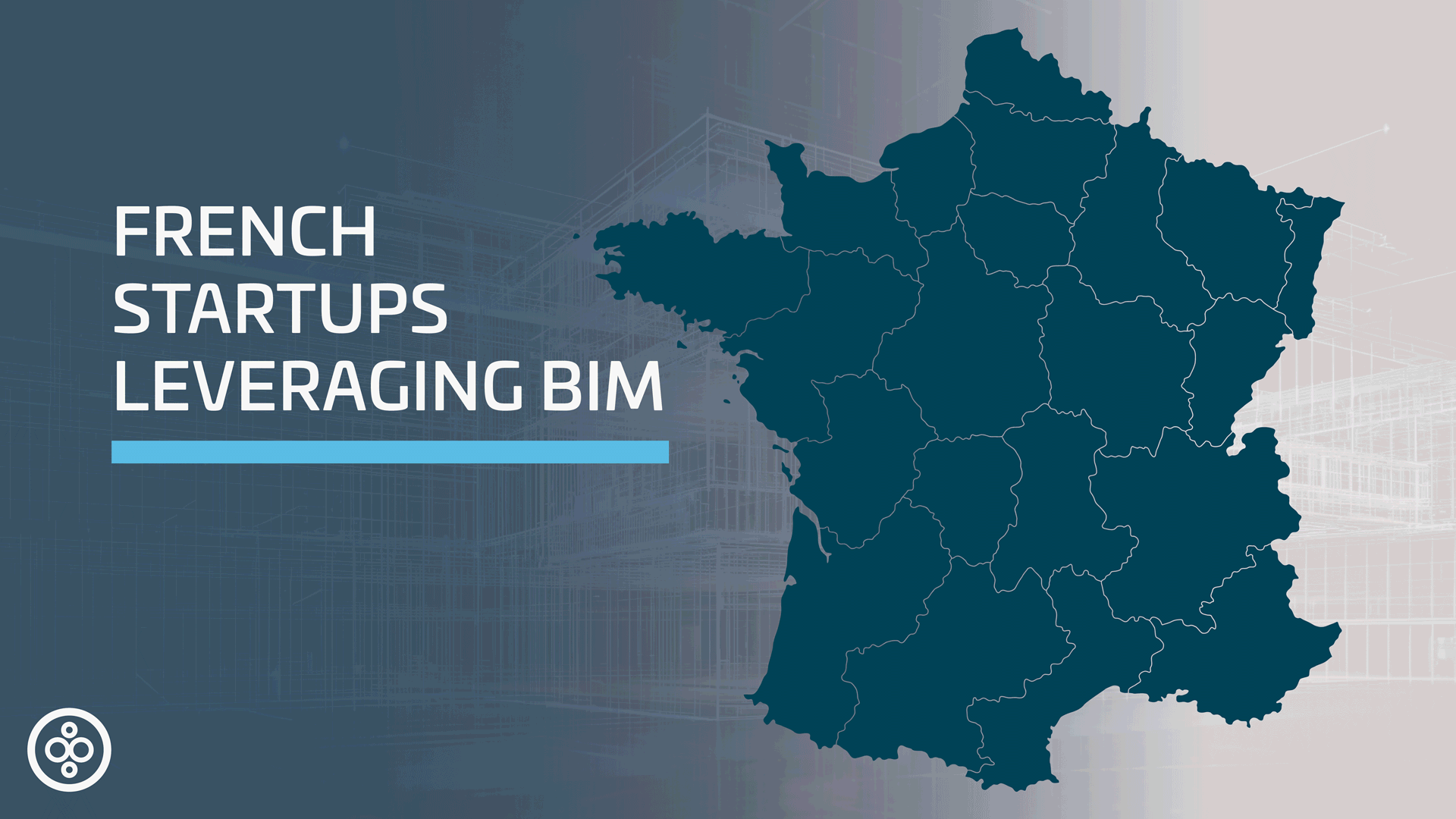While the origins of the term BIM may be subject to debate, what’s not is the origin of its industry adoption.
Starting in the 1990s, Frank Gehry and his team enormously popularized the use of computers to model building designs in three dimensions by leveraging CATIA, French technology company Dassault’s software developed for the aerospace and automotive industry. This article by BuiltWorlds member company Viatechnik references Gehry’s work on a fish shaped sculpture for the 1992 Barcelona Olympics. From there, the Gehry team went on to capture the imagination of the industry with striking buildings in undulating masses such as the Bilbao Art Museum and the Disney Center in Los Angeles, rendered into component pieces dimensioned for fabrication by computers.

Although France does not currently mandate the use of BIM in the way that some other countries do, a study of innovation in the French ecosystem, conducted by BuiltWorlds and Jr. ESTP, a student consulting group affiliated with one of France’s leading construction universities, revealed that France’s legacy as a leader in BIM continues with an exceptionally robust universe of startups leveraging digital twin technology, in turn maintaining the country’s place ahead of countries like the United States in this critical aspect of construction’s digital transformation.

Below is a partial list of French Startups in the Digital Twin/BIM space:
- Bimeo - Creates rooms
- BIM&CO - Allows users to build and manage their library of BIM objects.
- BIMCubes - Offers an AI platform that provides cost, schedule, and materials information in an automated fashion.
- Bricks - Unites the project team on a single platform and allows stakeholders to "review project models on the go."
- CycleUp - A marketplace for the reuse of materials leveraging the ability to import a building model to find the right materials for a project.
- FINALCAD - This construction project management software integrates with Revit to allow exporting and synchronizing building models.
- Sensinov - Lets users visualize, control, and automate their building assets from a model.
- Sofya - Through the full life cycle of a project, Sofya helps real estate professionals from across the the value chain track and visualize key information about buildings from a model.
- WIZZCAD - An open BIM-based collaborative platform for collaboration among all project stakeholders across the full lifecycle of projects.
JOIN US IN PARIS THIS JUNE FOR OUR 2024 PARIS SUMMIT
Paris Summit will feature leaders of innovation in the full life cycle of buildings and infrastructure from across Europe, Africa, and the Middle East as well as members of the BuiltWorlds Network from around the world.
Industry Use Cases
Beyond spawning a broad array of building modeling startups, our study with Jr. ESTP shows the French industry’s strong adoption and implementation. We have already seen examples of adoption by France’s largest construction companies, Vinci and Bouygues. And in perhaps the most famous current use case, companies are using BIM to restore the historic gothic cathedral of Notre Dame. which was badly damaged by fire in 2019.
However, the Jr. ESTP study also provided use cases among France’s more mid-sized companies. Among them is GA Smart Building, a mid-sized construction company based in Toulouse, that has developed a system called FullBIM which provides a complete avatar of the building, offering all stakeholders - from designers to craftspeople - access to the entire building’s documentary base.
Groupe ETPO is another French company identified in the study leveraging BIM. Through the company’s innovation team, ETPO has supported a firm called Smart Cast which improves site productivity by printing the BIM model on “lost” formwork in buildings.
2D vs 3D
France is definitely not alone in the development of a robust technology ecosystem for digital twins. American companies from large firms like Autodesk, Trimble and Bentley to smaller startups like sitelink and inertia offer tools that leverage building modeling technology. The difference, based on our benchmarking survey results, seems to be that American firms have more fully embraced reliance on managing projects via two dimensional workflows in systems like PROCORE and CMiC, while reserving BIM for only the largest and most complex projects.
Meanwhile, in France and other parts of the world, we continue to see evidence of a stronger commitment to a mode of managing the life cycle of building and infrastructure in three dimensions among mid-sized firms working on mid-sized projects and also across the country's range of startups.
Will the Americans catch up? As the industry’s technology continues to evolve, we expect the battle between proponents of 2D and 3D to continue playing out around the globe.




Discussion
Be the first to leave a comment.
You must be a member of the BuiltWorlds community to join the discussion.